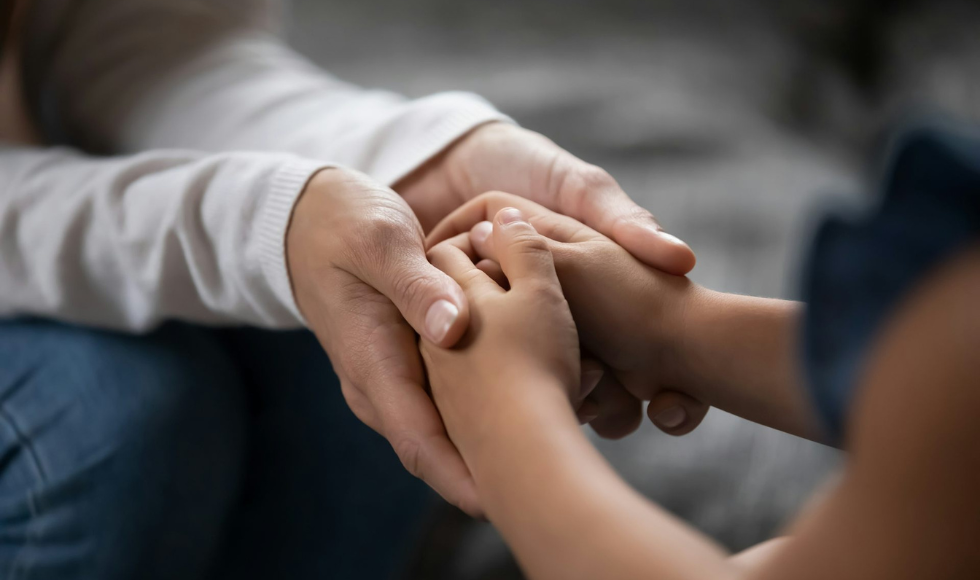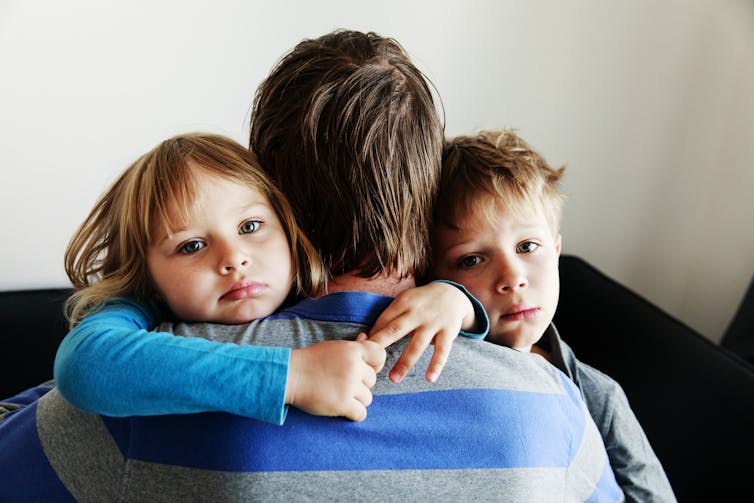Analysis: Infant’s tragic death after neglect sparks urgent calls for system changes

In addition to parents, governments and government-supported institutions — including child welfare authorities, police and health-care institutions — share responsibility for the health, safety and overall well-being of children and youth. (Shutterstock)
BY Hannah McDowell, L’Université d’Ottawa/University of Ottawa; Melissa Kimber, McMaster University; and Nicole Racine, L’Université d’Ottawa/University of Ottawa
June 19, 2024
![]() This article is republished from The Conversation under a Creative Commons license. Read the original article.
This article is republished from The Conversation under a Creative Commons license. Read the original article.
As a community in Kingston grapples with the shocking death of a seven-month-old infant who was allegedly abandoned for several days, questions arise as to how such a tragedy could unfold. A surviving three-year-old sibling was also rescued from the home and brought to hospital in need of medical care.
Police say the boys’ 32-year-old mother now faces charges of criminal negligence causing death, failing to provide necessaries of life and two counts of abandoning a child under 10 years old.
Although the details of this case continue to unfold, media sources have indicated that the family had a long and entrenched history of trauma, violence, mental illness and substance use. These sources also report the family was known to police and child protection services in two communities, and the mother was previously hospitalized for health concerns related to intimate partner violence (IPV).
The death of a young child is the most serious and severe consequence of unaddressed family risks and highlights a societal failure to protect a child when their parents are known to be struggling.
As child maltreatment researchers and health-care service providers, we believe it is critical for this tragedy to inform policy change and delivery of community and family support systems that uphold the right to safety and well-being for all Canadian children.
Children’s right to safety and nurturance

The United Nations Convention on the Rights of the Child (UNCRC) is an international human rights treaty that was ratified by Canada in 1991 and stipulates that all children have the right to safety, protection, nurturance and care. Regardless of a child’s background, race or ethnicity, gender, socioeconomic circumstance or ability level, all children have the right to flourish.
In our society, parents are the primary individuals responsible for bringing up children. However, in situations where parents are unwell or struggling due to mental illness, substance use or other risk factors, Articles 18 and 19 of the UNCRC stipulate that government systems must help parents to ensure the safety and well-being of children.
Child neglect
Child neglect is defined as the failure to meet the basic needs of a child to ensure their health and safety. It’s a pernicious public health concern with detrimental effects for children’s health and development. In its most severe form, child neglect can lead to major physical and cognitive delays or even death.
Child neglect is one of the most common forms of child maltreatment in Canada. The Canadian Incidence Study of Reported Child Abuse and Neglect found that after exposure to IPV, neglect was the second most common single form of substantiated maltreatment, with these two forms of maltreatment making up 35 per cent and 23 per cent of substantiated maltreatment cases in 2019, respectively.
These two forms of maltreatment also frequently overlap. A meta-analysis of 34 studies also found that parental involvement in the justice system, mental illness, poverty, violence and substance use are the strongest predictors of child neglect.
For mothers, alcohol or drug consumption and mental illness are the strongest risk factors for child neglect. As such, providing support to parents who experience IPV, as well as those who are struggling with addictions and mental health challenges, is critical for the safety and well-being of their children.
Collective responsibility for child safety
In addition to the responsibility of parents, the UNCRC underscores that governments and government-supported institutions — including child welfare authorities, police and health-care institutions — share responsibility for the health, safety and overall well-being of children and youth. They also share the duty to support parents to fulfill their responsibility of protecting and caring for their children.
In Canada, child welfare ministries operated by provincial and territorial governments are responsible for ensuring the safety and protection of children. Child welfare ministries and health-care and social service providers (for example, those working in hospital, addiction, primary care and community-based mental health and social service settings) are also responsible for connecting children and parents with high-quality, evidence-based care, programs and support.

Due to chronic under-funding of child welfare agencies and community-based mental health and social service supports in Ontario, ensuring that children and their parents get access to the right support has become increasingly challenging. Similarly, health care and social service professionals have received inadequate training in how to safely recognize child safety concerns among the children and parents they serve, and to link patients with the appropriate supports.
Critically, child welfare agencies in Ontario are experiencing an infrastructure crisis, and these challenges were not addressed in Ontario’s 2024 budget.
Child welfare workers are facing unprecedented stress and burnout. As highlighted in a recent report by the Ontario Association of Children’s Aid Societies: “Caregivers are not failing. Systems are failing caregivers.”
Vulnerable parents and their children are falling through the cracks, leading to devastating child health outcomes, including death.
Call to action for change
The death of an infant is a clarion call that systems change is needed to effectively address the urgent needs of children, youth and their parents, including:
1. Greater importance must be placed on early identification, prevention and monitoring of risk factors associated with children’s safety.
2. Child welfare services require adequate funding to support high-quality, trauma-informed and culturally sensitive child welfare services for children, youth and their parents. For such services to be effectively implemented and meaningfully support the children and parents in need, there must be an increase in the resources allocated to community service and child welfare providers and organizations.
3. Enhanced cross-sectoral collaboration between child welfare, health, mental health and substance use programs is needed to improve the protection and well-being of children in these contexts.
4. Improving health and child welfare professional awareness, knowledge and skills related to understanding the intersections of addictions, child neglect, IPV, mental health challenges and professionals’ ability to effectively respond to these experiences is urgently needed to improve the safety and well-being of children and their parents.
5. Finally, there is a need for the development, implementation and delivery of specialized addiction programs that support pregnant and parenting people across jurisdictions in Canada. Such programs must be widely available to meet the high demand.
Recent events have highlighted the urgency of system changes to protect and support children and families in Canada.![]()
Hannah McDowell, Doctoral Student, Clinical Psychology, L’Université d’Ottawa/University of Ottawa; Melissa Kimber, Assistant Professor & Core Member, Offord Centre for Child Studies, Department of Psychiatry & Behavioural Neurosciences, McMaster University, and Nicole Racine, Assistant professor, School of Psychology, Scientist, Children’s Hospital of Eastern Ontario Research Institute, L’Université d’Ottawa/University of Ottawa. This article is republished from The Conversation under a Creative Commons license. Read the original article.


